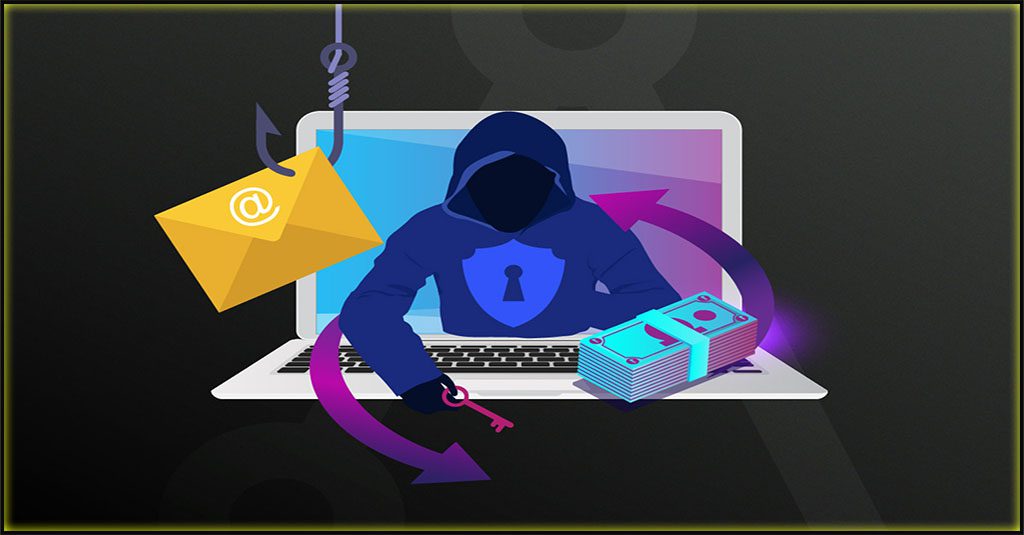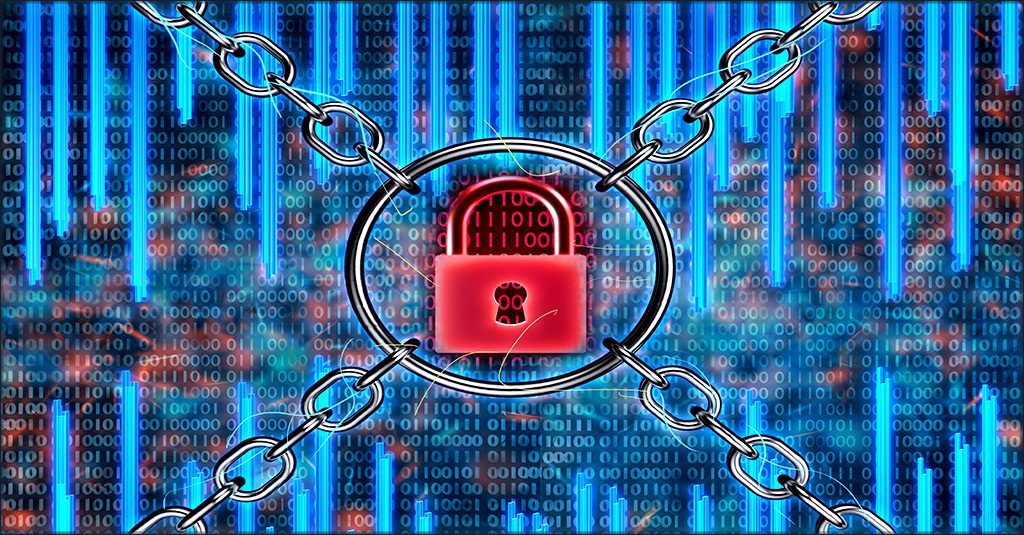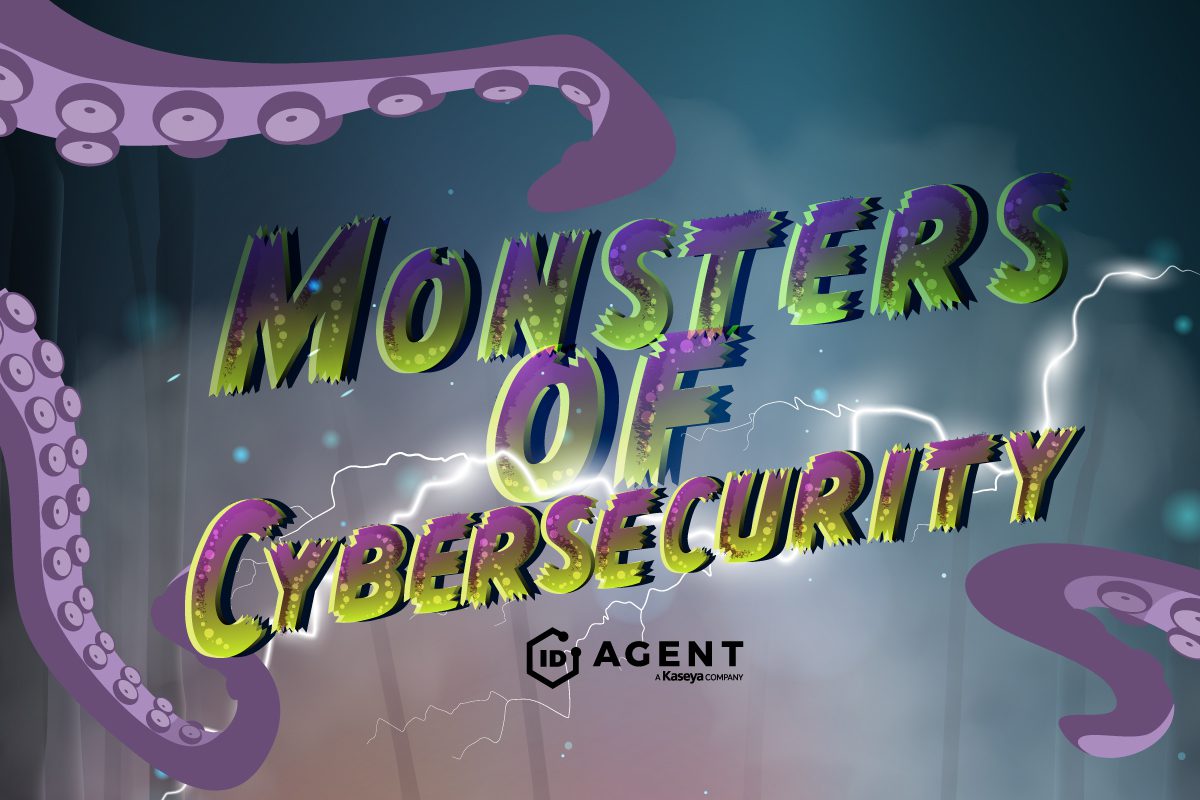Are You Ready to Pay the Cost of a Data Breach?

The Cost of a Data Breach Might Be More Than You Think
A data breach is a revenue-slaying monster that no company wants to encounter. The expense of that nightmare starts immediately and doesn’t stop until the last jot of remediation is complete. Data breach risk is climbing in many industries, especially cloud data breaches, up more than 35% in 2021. Unfortunately, the impetus behind a data breach can be a hard-to-pin-down foe that can come at your business from too many directions, especially when your data breach is tied up in someone else’s, and it’s bound to do damage – especially to your budget. But your company won’t just suffer a big up-front expense if it has a data breach. The unexpected cost of a data breach can come back to haunt you years later – and it might just be enough to drive your business to ruin.

50% of IT pros do not believe their organization is prepared to repel a ransomware attack. Is yours? Build stronger defenses with the strategy in Ransomware Exposed. DOWNLOAD NOW>>
Five Fast Facts About the Cost of a Data Breach from the IBM/Ponemon Cost of a Data Breach Report
Every edition of the IBM/Ponemon Cost of a Data Breach Report is always chock full of useful information that helps companies make better decisions about security. These five data points are important to keep in mind when considering your strategy for preventing your company from getting clobbered by a data breach.
- The cost of a data breach can change significantly depending upon the initial attack vectors including the top three most common: compromised credentials (20% of breaches), phishing (17%) and cloud misconfigurations (15%).
- The cost of a breach can be impacted by the type of data stolen or leaked, like customer personally identifiable information – the most frequently breached and the most expensive at $180 per record.
- The top country in the world for data breach costs in 2021 (so far) is the US with an average cost of $9.05 million.
- Thanks to the hot market for COVID-19 data in 2020, medical data is in second place as the most desirable data to snatch, and healthcare at $9.23 million is the industry with the most expensive data breach costs
- Organizations that operate with 50% remote workers took an average of 316 days to identify and contain a data breach compared to the overall average of 287 days

Zero Trust security is a piece of cake when you’re sure you’re giving access to the right people at the right levels. SEE HOW TO DO IT>>
The Hits to Your Budget Just Keep Coming
A single data breach is hugely more expensive than it has ever been before either. In the IBM/Ponemon annual Cost of a Data Breach Report, the average cost of a breach in 2021 is estimated at $4.2 million per incident, the highest ever recorded in the 17 years of the study. Data breach costs were also complicated by the global pandemic. When companies reported that the majority of their staffers were working from home, researchers discovered that they experienced an increase of up to $1 million more when a data breach occurred, with the highest rates of $4.96 million in comparison to $3.89 million.
Most business executives probably assume that the cost of a cyberattack that ends in a data breach can be quickly established. But that’s definitely not the case as businesses have discovered to their detriment. A full picture of the cost of a data breach may not been seen for years. In fact, it can take more than two years for the dust to settle. Around 61% of the cost of a data breach is paid in the first year after impact, But the hits keep coming for two years or more. An estimated 24% of the cost of a data breach comes due in the 12 to 24 months following the incident. Just when you thought you’d taken care of everything, more costly surprises are in store. In fact. the bills for the final 15% of the cost of a data breach can arrive more than two years later – and that doesn’t include regulatory penalties.
But here’s the really scary statistic: an estimated 60% of companies go out of business within six months of a cyberattack. There’s no single factor that causes that result in the wake of a cyberattack and/or a data breach. The combination of high investigation and remediation costs, lost revenue, penalties and legal bills, extra payroll hours and myriad other expenses is just too much for many businesses to take – especially in this economy. No company can afford to neglect cyber resilience or take precautions like increased security awareness training that could help them survive a cyberattack, or at least minimize the damage.

Protection from cybercrime danger is easy when you deploy your secret weapon: security-savvy employees! WATCH WEBINAR>>
Loss of Reputation Hurts More Than You Think
A data breach didn’t used to be a major cause of reputation damage unless it was a very big deal and sometimes not even then. Companies like LinkedIn that have had gigantic data breaches haven’t become pariahs because of them. But consumers have become significantly savvier about the dangers of having their information stolen in the last few years. A recent survey by Arcserve, shows that 70% of consumers believe businesses aren’t doing enough to ensure cyber security. Nearly 2 out of every 3 consumers would likely avoid doing business with a business that had experienced a cyberattack in the past year.
A data breach can also affect your business relationships, especially if your data breach leads to a cyberattack on one of your partners or clients. Hitting a smaller company that may not have strong security in order to gain access to a larger company for another, bigger cyberattack has been an ongoing theme of cybercrime, and it’s been especially effective. An estimated two-thirds of breaches are a result of supplier or third-party vulnerabilities, making businesses much more choosy about who they partner with. A Forbes Insight report found that 46% of organizations had suffered reputational damage as a result of a data breach; 19% of organizations suffered reputation and brand damage as a result of a third-party security breach.

Go inside the world of hackers and see how it really works with these true tales of cybercrime undercover operations! WATCH NOW>>
Ongoing Financial Penalties Can Last for Years
The American Accounting Association study, “Do Banks Price Firms’ Data Breaches?” tells the tale of financial woe for businesses who have a data breach and then go looking for capital. Based on data from 1,081 bank loans to publicly traded companies over a multi-year period, and it paints a stark picture. Companies that suffer a data breach face a 22% higher loan spread and a 40-basis-point increase in borrowing costs on average.
While higher lending costs were experienced by companies in every sector, some industries and areas experienced a particularly hard blow. The negative lending cost impact of a breach is worse for companies in industries that are considered particularly vulnerable like healthcare, business services and transportation. In another study by economists and technology experts at Yeshiva University in New York City and Hong Kong Polytechnic University, researchers found that a company that suffered a data breach paid $3.7 million extra in interest costs each year on the average loan of $923 million.
Many factors about the cause and result of a data breach go into a lender’s calculus. The number of customers impacted in a breach is relevant, as is the specter of potential regulatory penalties. The cause of the breach is also relevant. Lenders may look differently on a breach that was caused by an employee error or a breach that was caused by malicious hacking. The study also reported that breached firms experience significantly higher increases in loan spread, as well as encountering the increased likelihood of collateral requirement.

Learn how to defeat terrifying cybersecurity monsters to keep systems & data safe in a dark world! READ IT IF YOU DARE!>>
Invest in Security Now to Save a Fortune Later
- Dark Web ID – Don’t let cybercriminals sneak into your network to snatch your data with a compromised credential. Get the power of 24/7/365 human and machine-powered on your side monitoring employee passwords, business and personal credentials, domains, IP addresses and email addresses.
- Passly – Secure identity and access management is an essential – multifactor authentication alone adds an extra layer of protection between hackers and your valuable data, stopping 99% of password-based cybercrime.
- BullPhish ID – Protecting a business from cybercrime starts with protecting it from phishing. Educate staffers on how to spot and stop the latest threats including phishing, ransomware, compliance, password safety and more.
Contact an ID Agent solutions expert today to see how we can help you defend against cybercrime in a volatile world.